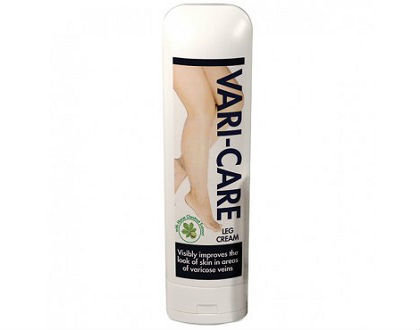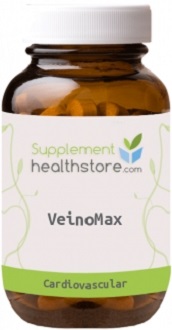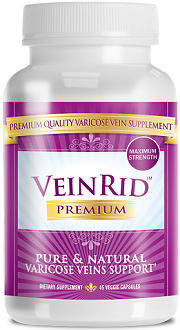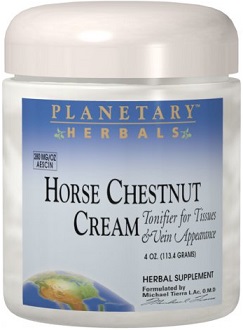Vair-Care cream affirms that it’s a efficient varicose vein treatment. It claims that it supports vein reparation and blood flow to areas affected by varicose veins. This is supposed to help keep more varicose veins from forming, and it helps get rid of varicose veins. Not getting treatment in time could cause varicose vein symptoms to worsen. Those who are prone to varicose veins may get inflammation of the veins, ulceration or even bleeding. Varicose veins are a common problem, and about 18% of men and 25% of women may experience them over the course of their lifetime. Some people might feel the effects are so severe, that surgery might seem like a plausible outcome.
Luckily, many products, such as Vari-Care Leg Cream are available to treat varicose veins before invasive treatments become necessary.
Ingredients
Many varicose treatments out there use a variety of ingredients. Some are made from all-natural sources or herbal components, while other treatments are made with homeopathic ingredients. The point is, many options are on the market that can sue your needs. The ingredients of this product are:
• Water
• Cetearyl Alcohol: a fatty alcohol and emulsion stabilizer.
• Glyceryl Stearate SE: food additive, used for anti-caking.
• Glycerin: sugar alcohol compound.
• Petrolatum: petroleum jelly, used mainly for its healing properties.
• Ceteareth-20: emulsifier, used in many soaps.
• Mineral Oil: by product of petroleum distillation.
• Isopropyl Myristate: often used as a perfume solvent.
• Olea Europaea Fruit Oil: also known as olive oil
• Propylene Glycol: often used to produce polymers.
• Trienthanolamine: a molecule with three alcohol groups.
• Acrylates/C10-30 Alkyl Acrylate Crosspolymer: thickener, to make water solutions less lumpy.
• Aesculus Hippocastanum Seed Extract: derived from the seed of horse chesnut trees.
• Vitis Vinifera Seed Extract: commonly known as grape seed extract.
• Hamamelis Virginiana Bark/Leaf/Twig Extract: witch hazel extract.
• Emu Oil: derived from the Emu, a flightless bird from Australia.
• Fragrance
• Chlorella Vulgaris Extract: from a Chinese Algae
• Phytonadione: a form of Vitamin K.
• Arginine HCl: usually used as IV liquid in hospitals, a replication of a naturally occurring amino acid.
• Dimethicone: a type of silicone.
• Tocopheryl Acetate: known as Vitamin E acetate.
• DMDM Hydantoin: an antimicrobial formaldehyde releaser.
• Metylparaben: a paraben, often found in blueberries.
• Propylparaben: a natural substance that occurs in insects, it’s synthetic version is usually fabricated for use in many cosmetics.
Dosage
The make of the product suggests applying the lotion twice a day on the legs and feet. This is best done in an upward motion until the product is completely absorbed by the skin.
Side Effects
Side effects for this product have not been identified. Still, it’s wise to talk to your doctor before using it, just as you would with any supplement, treatment or medication.
Price
The cost for this product may depend on the site you purchase it in. When this review was written, the median cost for a 9oz. bottle was around $14.97.
Guarantee
Consumers like having a guarantee because they could be useful if the desired results aren’t reached. Although many web sites might have a guarantee, a guarantee from the maker of the product wasn’t found at the time of publication.
Conclusion – Vari-Care Leg Cream Review
Many options are out there to treat varicose veins. Vari-Care Leg Cream is only one such product. Still, when observing the ingredient list, and cost, one must keep the lack of guarantee in mind before purchasing.





